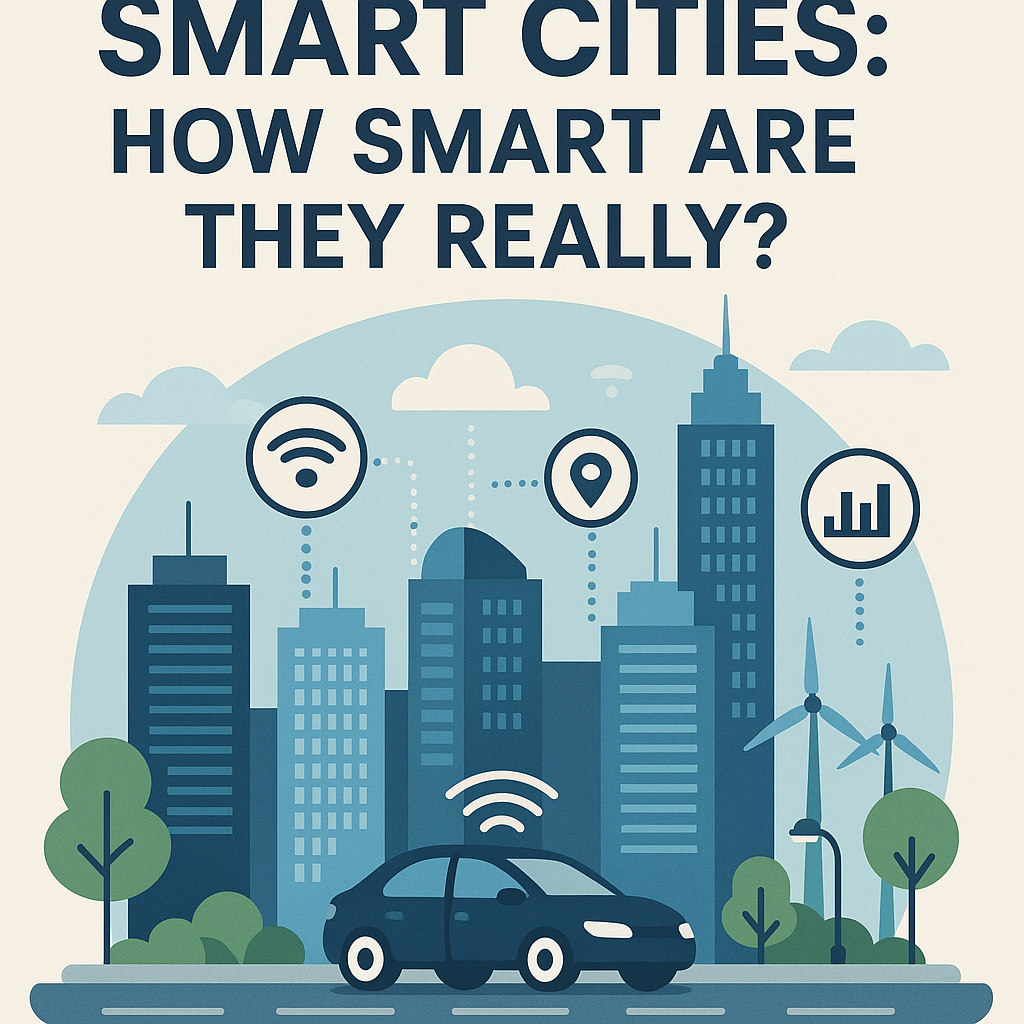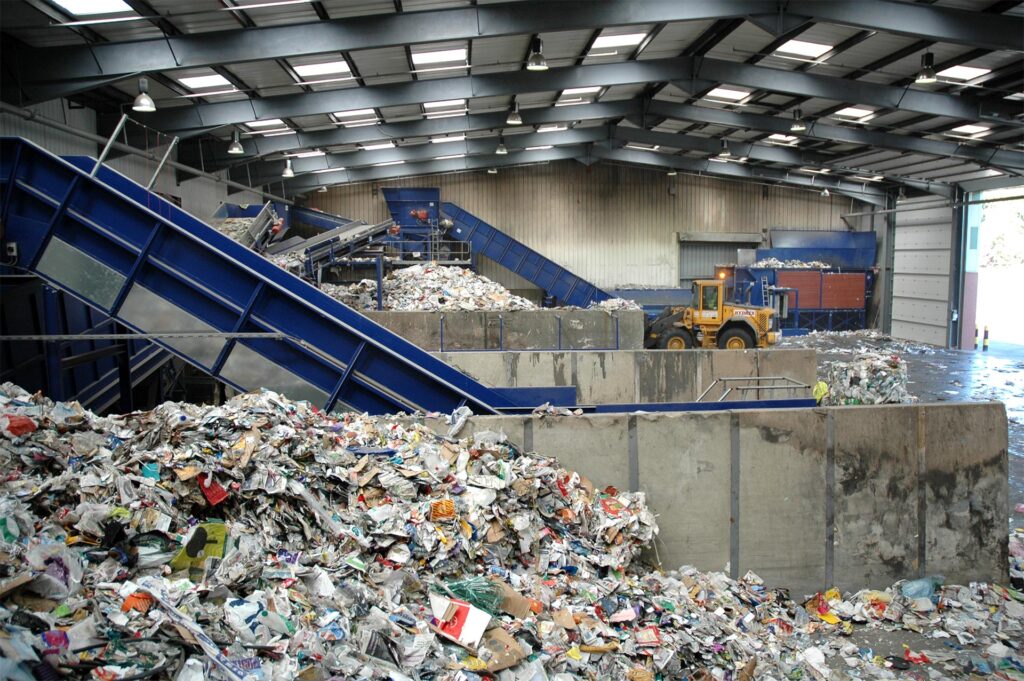The Definition vs. the Reality
A Smart City is typically defined as an urban area using ICT (Information and Communication Technologies) to improve:
- quality of life,
- operational efficiency (e.g., transport, waste, energy),
- citizen participation.
But let’s ask the real question:
“How smart are these cities—really?”
Tech ≠ Intelligence
Having IoT sensors, big data dashboards, and apps doesn’t automatically mean a city is smart.
👉 Many “smart” projects end up being:
- Isolated systems (data silos),
- Imported solutions without local adaptation,
- PR-driven showcases without practical value.
Technology is a tool—not the solution by itself.
Examples of “smart” nonsense
- Smart bins never maintained, becoming wifi-enabled trash with no purpose.
- Smart bus stops with no accessibility for people with disabilities.
- Open data portals with no usable front-end or citizen tools.
What Really Makes a City Smart?
- Connected systems that talk to each other.
- Prediction over reaction (AI-powered insights).
- Transparent governance with civic participation.
- Localization, not blindly copying foreign models.
- Actionable data, not static dashboards.
Conclusion
Smartness lies not in infrastructure—but in thoughtful design and strategic implementation.
It’s not about the number of sensors, but about decisions that actually improve lives.
If a smart city is just a trendy label to unlock funding, we’re left with nothing but…
“Smart cables, dumb strategy.”



